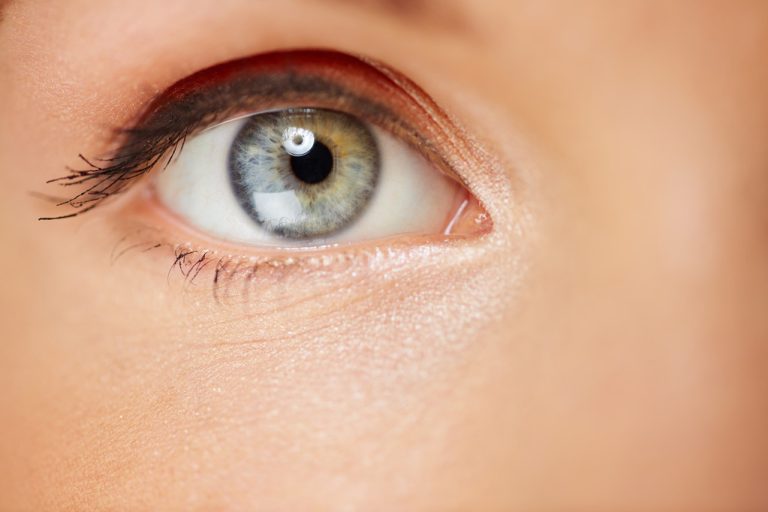Almost everyone sees worse with age – because the eyesight decreases. But there is a lot you can do to keep your eyes healthy for as long as possible. Here you can find out which foods and nutrients support your vision and prevent eye diseases.

#1 Vitamin A – Carrots, Eggs and Milk
Carrots are the classic when it comes to healthy foods for the eyes. right? no In fact, carrots are rich in beta-carotene, which the body converts into valuable vitamin A.
Vitamin A is needed mainly because of its antioxidant effect, as reported, among other things. This can delay symptoms of the disease. The vitamin protects the retina from diseases and slows down the age-related loss of visual acuity.
The health portal ranks liver as a great source of vitamin A, as does eggs and milk. Beta-carotene, on the other hand, is also found in peppers, spinach and kale.
#2 Vitamin B – Fruits and Lentils
In order to function well, the eye needs various B vitamins, such as B2, B6, B12 and folic acid. Regular intake of vitamin B prevents a deficiency and an associated increase in the homocysteine level in the blood
This is of great importance, because too high a homocysteine level can ultimately promote “age-related macular degeneration”. This damages the yellow spot on the retina of the eye, leading to loss of vision. Furthermore, B vitamins protect against the eye disease “cataracts”.
#3 Vitamin C – Cabbage and citrus fruits
The most well-known vitamin also has an important function in the eyes. Specifically, the cells of the retina need the versatile vitamin for their work
Vitamin C also provides the eye with valuable antioxidants and provides important eye vitamins that are needed to prevent macular degeneration.
The vitamin is mainly found in fresh fruit and vegetables. Veritable vitamin C bombs are kale and Brussels sprouts
#4 Vitamin E – Oils and Nuts
Vitamin E performs a similar job to vitamin C – the antioxidants are needed to protect the eye from damage. In addition, the vitamin protects our immune system.
Oils in particular contain a lot of vitamin E: for example, 100 grams of wheat germ oil contains a good 174 mg of the vitamin. 100 grams of sunflower oil contain about 62mg of vitamin E, with rapeseed oil
In addition, various nuts are natural sources of vitamin E. Peanuts in particular are a good supplier. The vitamin is also found in fruit and vegetables, such as peppers, mangoes and black currants.

#5 Omega-3 Fatty Acids – Fish
The eyes need omega-3 fatty acids mainly to prevent retinal diseases. For example, the occurrence of macular degeneration can be prevented.
In addition, the fatty acids are also required for two functions in tear production. On the one hand for the amount of tears, as well as to improve the tear fluid.
Foods containing omega-3 are mainly oils and fish. In addition, various cooking oils, some types of vegetables – such as Brussels sprouts and spinach – or nuts and seeds also belong to omega-3 sources.



